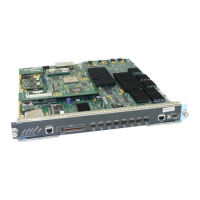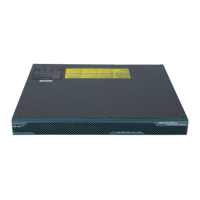Implementing Internet Key Exchange Security Protocol on Cisco IOS XR Software
How to Implement IKE Security Protocol Configurations for IPSec Networks
SC-41
Cisco IOS XR System Security Configuration Guide
DETAILED STEPS
Configuring a Browser Proxy
This task describes how to configure browser-proxy parameters for a Cisco Easy VPN remote device.
SUMMARY STEPS
1. configure
2. crypto isakmp client configuration browser-proxy {browser-proxy-name}
3. proxy {auto-detect | bypass-local | exception-list semicolon delimited exception list | none |
server}
Command or Action Purpose
Step 1
configure
Example:
RP/0/RP0/CPU0:router# configure
Enters global configuration mode.
Step 2
crypto isakmp client configuration group group-name
Example:
RP/0/RP0/CPU0:router(config)# crypto isakmp client
configuration group cisco
RP/0/RP0/CPU0:router(config-group)#
Specifies which group's policy profile is defined and
enters ISAKMP group configuration mode.
• If no specific group matches, you are
automatically given the default group's policy.
• The default group is also used for the other
attributes so they must also be checked and
updated.
Step 3
auto-update client {
type-of-system
} {url
url
} {rev
review-version
}
Example:
RP/0/RP0/CPU0:router(config-group)# auto-update
client Win2000 url
http:www.ourcompanysite.com/newclient rev 3.0.1
Configures automatic update parameters for a
Cisco Easy VPN remote device. The example shows
that the update parameters are set for a Windows
2000 operating system, a URL of
http:www.ourcompanysite.com/newclient, and
version 3.0.1.
For a list of the reserved names that the Cisco Easy
VPN client expects for each type of operating
system, which are used for the type-of-system
argument, see Cisco IOS XR System Security
Command Reference.

